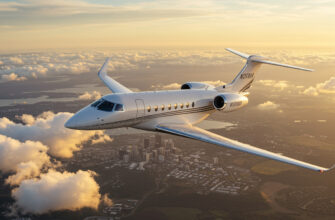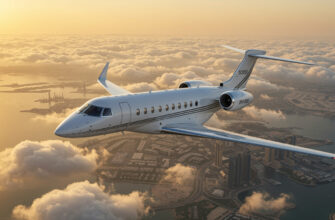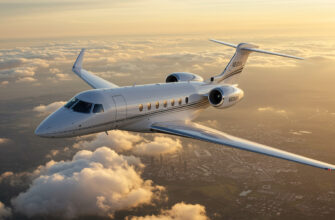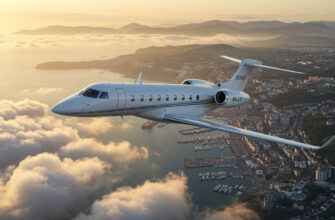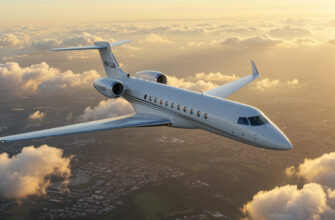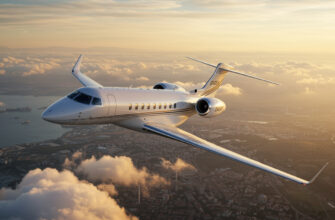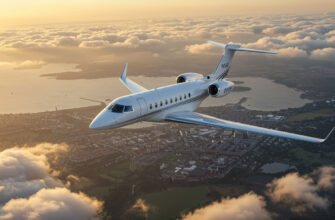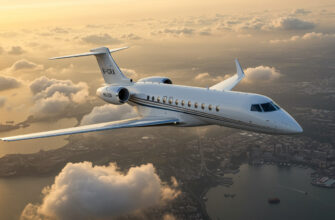There’s chartering a private jet like in the movies—polished champagne glasses, silk throw blankets, dramatic boarding on a sunset-lit tarmac—and then there’s chartering a private jet in Kathmandu. It’s a different experience altogether, somehow more raw, more fascinating, and, yes, occasionally unpredictable. Nepal’s airspace doesn’t care if you booked a $10k-an-hour Gulfstream. You’re still flying through some of the world’s most turbulent mountain corridors. Still, the pros outweigh the chaos when the payoff is full autonomy, privacy, and the kind of access that makes commercial travel look like a group tour on hard mode. Here’s what you’re really signing up for when you bypass the masses and take to the Nepali skies with your own aircraft—whether you’re heading up Everest with your gear, bouncing to Delhi for a last-minute meeting, or simply avoiding the drama of commercial flight cancellations.
Truth About Chartering A Private Jet In Kathmandu
Glossy advertising often sells private jet travel as a luxury utopia. In Nepal, it’s a little messier—but more intimate, and arguably more rewarding. Think sleek interiors brushing up against Himalayan turbulence, and a dispatch crew that might also be juggling a medevac chopper mid-storm.
This kind of travel isn’t just for celebrities. It’s most suited for:
- Entrepreneurs needing fast turnarounds in India or the Gulf
- Creatives and VIPs who value discretion more than flash
- Mountaineers flying teams and equipment into staging points
- Diplomats or political figures navigating sensitive itineraries
Why charter from Kathmandu in the first place? It comes down to control. You might get rerouted to Singapore on twelve hours’ notice, need to avoid the two-hour customs line that snakes through Tribhuvan’s chronically overcrowded terminal, or require border-hopping anonymity.
Privacy also matters. High-net-worth folks and public figures often crave an exit that doesn’t end up in tomorrow’s local tabloids. Private jets offer that clean break—with no overhead compartments, snack carts, or airport announcements slowing it down.
What Kind Of Planes You’re Actually Flying
Nepal’s mix of terrains and distances makes your aircraft choice more than just aesthetic—it’s functional. Most local charter companies operate a mix of short-hop turboprops and midsize jets, while the serious long-range jets come mostly from international players. Here’s a basic breakdown of what’s up in the air:
| Aircraft Type | Common Models | Best For |
|---|---|---|
| Turboprops | Pilatus PC-12, Beechcraft King Air | Short hops within Nepal or to nearby hill airports |
| Midsize Jets | Cessna Citation Latitude, Learjet 75 | Flights to India, Thailand, or southern China |
| Heavy/Long-Range Jets | Gulfstream G650, Bombardier Global 6000 | Dubai, Europe, or nonstop to Hong Kong |
The interiors will often give you the luxe appeal you’re expecting—soft leather, personalized catering, and private seating zones. But be ready for turbulence that reminds you these mountains were never meant to be mastered. Expect a ride that’s more thrilling than smooth on routes along Himalayan ridges.
And that glorious inflight Wi-Fi everyone loves to boast about? Forget Netflix. In Nepal, satellite bandwidth is often just enough for emails and messaging apps. Complain if you want, but that’s the airborne tradeoff in this part of the world.
How Your Wallet Feels After Booking
Flying private in Nepal isn’t light on the budget—even if you’re just going from Kathmandu to Pokhara. Rates vary widely depending on aircraft size, operator, and time of year, but here’s a general idea of what to expect:
- Light Jets: $3,000–$5,000 an hour
- Midsize Jets: $6,000–$9,000 an hour
- Heavy Jets: Up to $14,000 an hour
This doesn’t include:
- Fuel surcharges (notoriously high in mountain regions)
- Landing fees and runway taxes
- Hourly rates for crew standby or wait time
- Repositioning costs—especially if your trip ends in a place with no private jet demand
Nepal doesn’t really do “one-way” pricing. If your plane drops you off in Singapore, odds are you’re still covering the empty return flight. These deadhead costs are real, and they’re baked into even the most premium quotes.
What’s actually worth the price tag? Direct access, minimal delays, true privacy, and the ability to reroute last-minute without chaos. If you’ve ever spent 6 hours stuck at Doha because your layover imploded, paying extra to skip that altogether isn’t crazy—just efficient.
Tribhuwan International Airport (TIA) from a Jet User’s POV
Anyone landing in Nepal on a private jet expecting instant luxury will get humbled fast. Tribhuvan International Airport (TIA) is Kathmandu’s only international airport, and while it handles private jet traffic, it does so without the sugarcoated trimmings you’d find in places like Dubai or Singapore.
There’s no separate private gate in the flashy VIP sense—private aviation shares runway space, customs officers, and most of the infrastructure with commercial airlines. You’ll still be lining up to get your passport stamped. And no, the officer won’t care if your Rolex says you shouldn’t be waiting.
Parking is another beast. Ramp space is tight, and the ATC has bigger concerns—like a royal aircraft arriving unexpectedly or surprise thunderstorms rolling over the mountains. That means late clearances, rerouted jets, and zero guarantees your bird can even stay parked on the tarmac overnight. If it can’t? Be ready to pay for repositioning it to Delhi or Bangkok.
Ground handling isn’t bad, but don’t confuse polite with polished. Staff is respectful and helpful, sure—but not always trained in high-end concierge finesse. Bracelet-sized dog in a Louis Vuitton carrier? Might still get asked to remove it for scanning. Security rules apply to everyone, regardless of how many digits are in your charter invoice.
Hidden Chaos and Nepal-Specific Realities
Nepali airspace plays its own game—and doesn’t care if you showed up in a Gulfstream. The main enemy? Weather. One moment it’s sunny and crystal clear, the next it’s socked in with fog or random mountain wind that makes takeoff feel like launching from a pinball machine.
Military aircraft, sudden government VIP flights, and paper-based bureaucracy can eat up hours. Just because your aircraft is fueled and ready doesn’t mean the tower is. Last-minute schedule changes? Totally normal. Pilots here expect briefings to change mid-sentence.
Flying to secondary airports like Pokhara or Lukla? That’s not just hard—it’s a trust exercise. These routes are so weather-sensitive and terrain-heavy that even all-star pilots fly them with a mix of prayer and precision. Arrivals and departures work in narrow windows. If you miss them, you drop anchor until the next clear runway—or sky.
Tech & Infrastructure Expectations vs Reality
This isn’t Teterboro or Van Nuys. Don’t show up expecting valet-level service and white marble lounges. Most private flyers pass through discreet side entries, small lounges with panoramic Himalayan views, and a hot cup of tea—that’s the full extent of luxury here.
Forget full-scale private terminals. There’s the VVIP section and some fast-track options, but no glitzy FBO with soaring ceilings and champagne stations. Hangar space? Extremely limited. Unless you’re making a U-turn, your jet’s going to another city within hours—or you’re paying big to keep it parked nearby.


